7 Creative Ways to Connect Your Home With Nature
Benefit from the calming, restorative properties of the outdoors by bringing natural elements into your home
Biophilic design recognises our innate need to connect with nature and that bringing elements of the outdoors into our homes benefits our health and wellbeing. Take inspiration from these schemes, where designers have incorporated aspects of the natural world in interesting ways.
2. Weave in greenery
Not only do houseplants look beautiful, they can help to purify the air, so if you’re looking to bring nature into your home, they’re an obvious choice. You could simply put a few potted plants on windowsills and shelves, or see if you can find more interesting ways to display your greenery.
In this room, for example, the designers at deVOL Kitchens have installed a rope system along the length of a beam from which to hang macramé planters. It’s a smart idea that creates a attractive display above the island.
Find a renovation professional in Singapore
Not only do houseplants look beautiful, they can help to purify the air, so if you’re looking to bring nature into your home, they’re an obvious choice. You could simply put a few potted plants on windowsills and shelves, or see if you can find more interesting ways to display your greenery.
In this room, for example, the designers at deVOL Kitchens have installed a rope system along the length of a beam from which to hang macramé planters. It’s a smart idea that creates a attractive display above the island.
Find a renovation professional in Singapore
3. Go up the wall
When you’re decorating a room, think about including a wall made from a natural material, such as wood. It will provide a visual element from the outdoors to gaze at.
Here, the designers at JLB Property Developments have continued the engineered wood floorboards up the wall to create an interesting variation on classic timber panelling. The study is quite a small space, but the owner benefits from a view of the garden on one side, and the beautiful grain of the timber on the other.
When you’re decorating a room, think about including a wall made from a natural material, such as wood. It will provide a visual element from the outdoors to gaze at.
Here, the designers at JLB Property Developments have continued the engineered wood floorboards up the wall to create an interesting variation on classic timber panelling. The study is quite a small space, but the owner benefits from a view of the garden on one side, and the beautiful grain of the timber on the other.
4. Mix materials
If you’re keen to use natural surfaces in your home, but prefer sleek, modern materials, it’s possible to combine both.
The overall scheme in this home features a monochrome palette with plenty of contemporary, polished finishes. However, the designers at Indie & Co have sprinkled in a mix of organic materials to subtly create a natural feel.
Well-crafted, practical wooden carpentry is complemented by a canvas lampshade, woven rug and wooden dining furniture – and the layout of these items is cleverly balanced throughout the space.
If you’re keen to use natural surfaces in your home, but prefer sleek, modern materials, it’s possible to combine both.
The overall scheme in this home features a monochrome palette with plenty of contemporary, polished finishes. However, the designers at Indie & Co have sprinkled in a mix of organic materials to subtly create a natural feel.
Well-crafted, practical wooden carpentry is complemented by a canvas lampshade, woven rug and wooden dining furniture – and the layout of these items is cleverly balanced throughout the space.
5. Fragrance naturally
As well as visual elements, it’s a good idea to fill your home with natural aromas. Use plants around the space to bring in subtle scents of the outdoors.
Herbs are ideal in the kitchen, as they double up as both food and fragrance. For a creative way to grow your herbs, consider having a planter built into your worktop, as the designers at Blakes London have done here. A narrow trough has been carved into the marble to provide easy access to fresh herbs.
Herbs to Jump-Start Your Edible Garden
As well as visual elements, it’s a good idea to fill your home with natural aromas. Use plants around the space to bring in subtle scents of the outdoors.
Herbs are ideal in the kitchen, as they double up as both food and fragrance. For a creative way to grow your herbs, consider having a planter built into your worktop, as the designers at Blakes London have done here. A narrow trough has been carved into the marble to provide easy access to fresh herbs.
Herbs to Jump-Start Your Edible Garden
6. Invent a view
A connection with nature can also be provided by artwork in the form of landscape paintings or photographs. Alternatively, use wallpaper to create even more of a visual impact.
In this child’s room, designer Yoko Kloeden has covered a wall with a forest scene. The trees are large enough to give an immersive feeling of being within nature, but the muted colours prevent the huge image from overwhelming the space.
A connection with nature can also be provided by artwork in the form of landscape paintings or photographs. Alternatively, use wallpaper to create even more of a visual impact.
In this child’s room, designer Yoko Kloeden has covered a wall with a forest scene. The trees are large enough to give an immersive feeling of being within nature, but the muted colours prevent the huge image from overwhelming the space.
7. Cover with cork
If you’re after an organic feeling underfoot, choose natural flooring such as stone or wood.
For something a little different, though, cork can be a great option, as it’s soft, durable and sustainable. In this bathroom, the team at Design Storey have laid a cork floor to provide the homeowners with a cushioned exit from the tub.
Tell us
How have you introduced nature into your home? Share your ideas in the Comments section. And don’t forget to save your favourite images, save the story, and join in the conversation.
More
Browse more bathroom photos for design inspiration
Read about sustainable design for the home
If you’re after an organic feeling underfoot, choose natural flooring such as stone or wood.
For something a little different, though, cork can be a great option, as it’s soft, durable and sustainable. In this bathroom, the team at Design Storey have laid a cork floor to provide the homeowners with a cushioned exit from the tub.
Tell us
How have you introduced nature into your home? Share your ideas in the Comments section. And don’t forget to save your favourite images, save the story, and join in the conversation.
More
Browse more bathroom photos for design inspiration
Read about sustainable design for the home



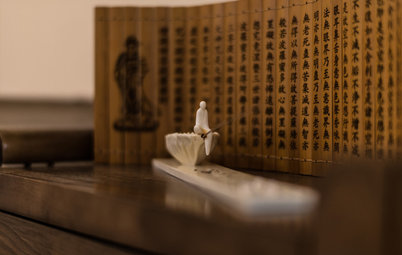
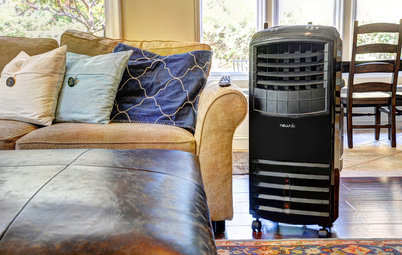
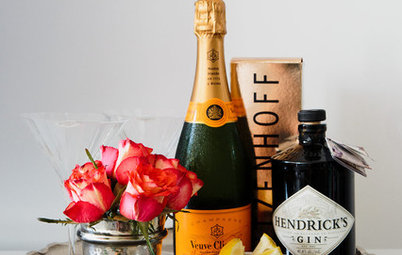

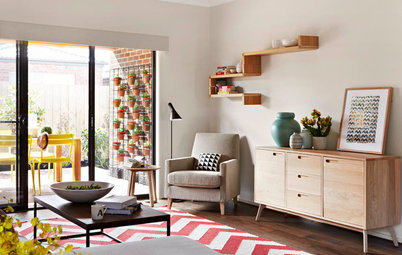
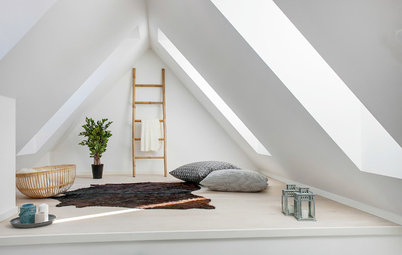
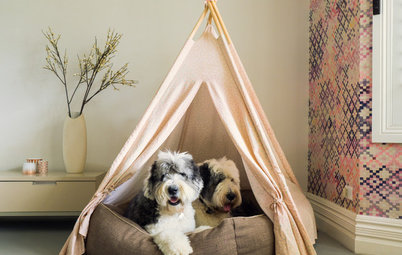
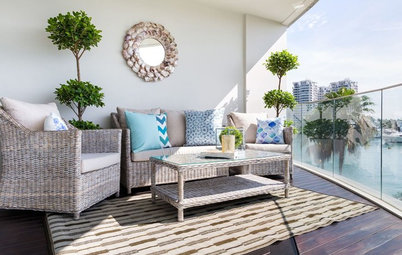
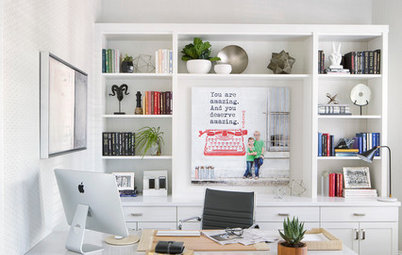
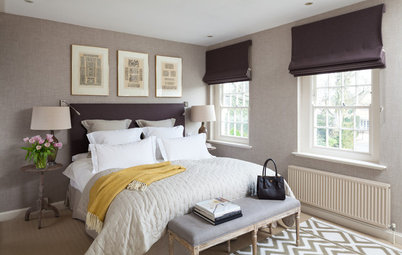
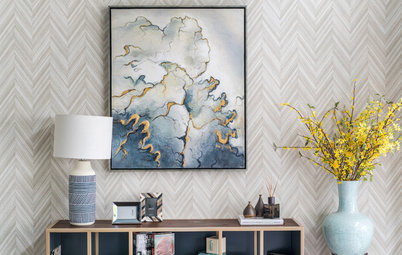
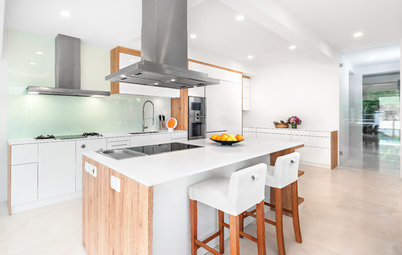
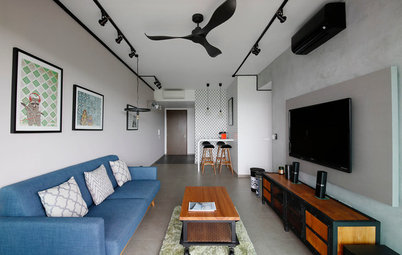
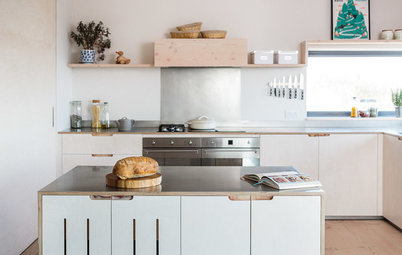
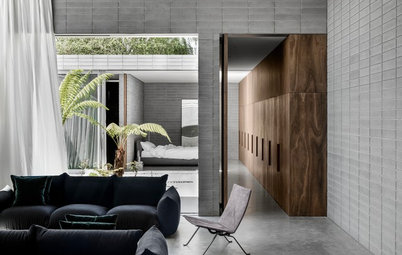
When you’re renovating your home, consider ways to maximise the amount of glazing you incorporate to provide natural sunlight and a view of the outdoors.
Here, an extension has created a small courtyard between the original building and the new construction. The designers at mimodo architects have made the most of this extra outside area by installing a picture window in the home office area.
It means the floor-to-ceiling storage is broken up by a large rectangle of glazing. The deep frame of natural wood helps to differentiate the outside view from the inside.